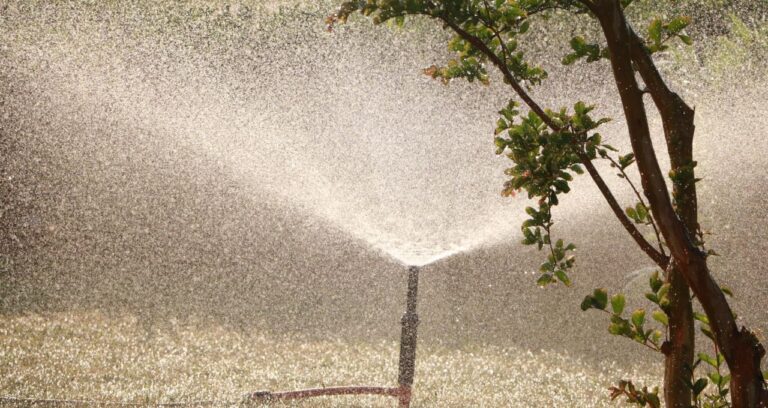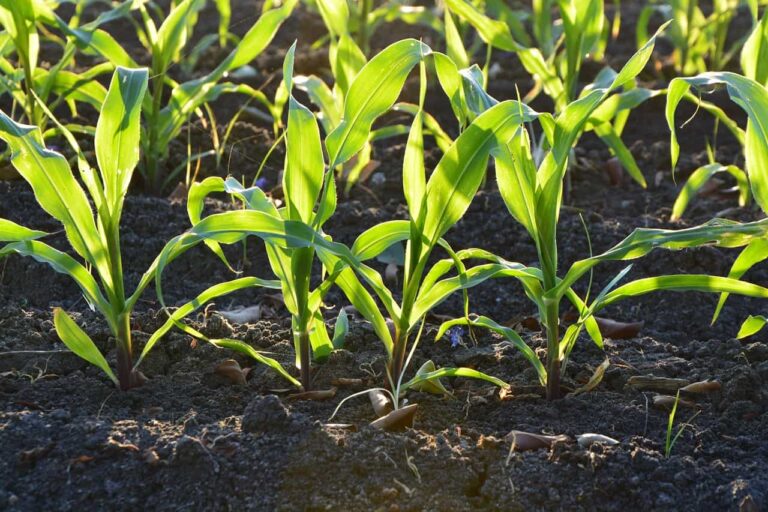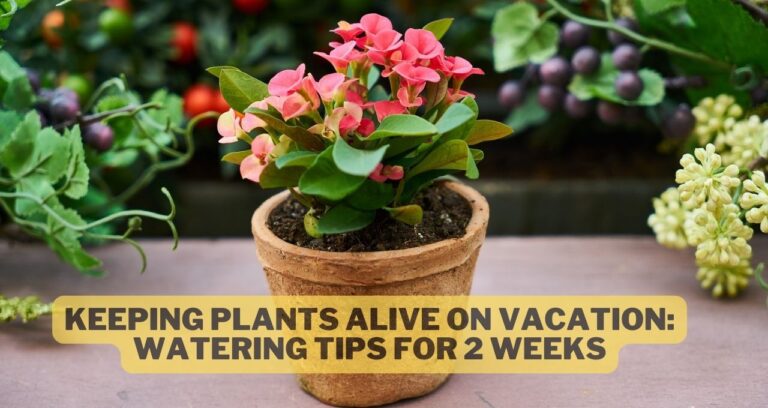How Often to Water Pumpkins: Essential Tips for Success
Pumpkins are a favorite among gardeners and farmers. But when it comes to planting these hearty fruits. A common question that often comes up In our minds is How Often to Water Pumpkins?
Pumpkins, in general, need a consistent supply of water. Adequate watering ensures healthy foliage and supports proper fruit development. According to most experts, the ideal Watering is once or twice a week, about 1-2 inches of water.
Role of Water in Pumpkin Growth
Pumpkin main vines need the right amount of water to grow well. It gives nutrients, makes photosynthesis possible, and helps cells to grow. If pumpkins don’t get enough water, they might not grow right and could wilt or die.
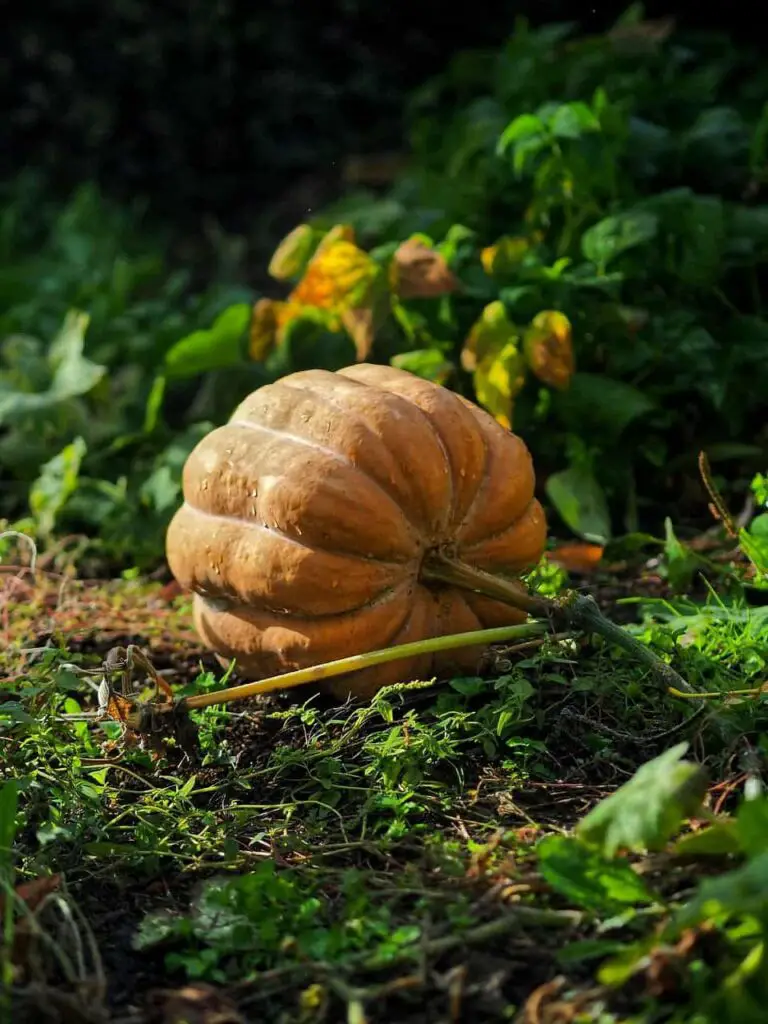
Hydration: Like any other plant, pumpkins need water to stay hydrated. Water helps maintain the turgidity of pumpkin plant cells.
It Helps remain firm and upright. The risk of dehydration increases when the weather is hot and dry.
Nutrient uptake: The pumpkin plant’s roots rely on water as a medium to transport nutrients from the soil. These nutrients are necessary for the plant’s growth and development.
The roots can only absorb these nutrients with enough water. It’s leading to stunted growth and nutrient deficiencies.
Photosynthesis: Water plays a critical role in photosynthesis, enabling plants to utilize the energy obtained from sunlight.
It needs a constant water supply to carry out photosynthesis. They produce the glucose needed for growth, flowering, and fruit development.
Transpiration: Pumpkins undergo transpiration, water evaporating from their leaves, resulting in water loss. This helps in regulating the plant’s temperature and maintaining moisture balance.
If there is enough water, transpiration can happen without causing water loss and keeping the plant from dying or getting hurt.
Fruit development: Water is essential for developing healthy pumpkins. It helps in cell elongation, ensuring the fruit grows to its full size.
A consistent water supply promotes proper fruit ripening, coloration, and flavor development.
Read More:- Expert Advice What to spray on pumpkins for bugs
Factors Influencing How Often to Water Pumpkins
Watering pumpkins requires careful consideration. Different pumpkin varieties have different watering needs. So it’s also necessary to evaluate the exact variety you are growing.
Weather conditions: Hot and dry weather boosts evaporation, drying the soil quicker. Pumpkins need frequent watering during hot weather and drought conditions to prevent dehydration.
Soil type: The soil in which pumpkins are grown affects their water-holding capacity. Sandy soils have a fast drainage capacity and need water more often. Clayey soils have a higher moisture retention ability.
So it’s allowing them to keep water for longer durations. If the soil feels moist 2 inches deep, it’s okay not to water that day.
Provide around 8 liters of water per plant through a drip irrigation system or a watering can/jug if there is no rain.
A slow, deep soak every 7-10 days will be ideal for properly hydrating the pumpkins.
Stage of growth: The water needs of pumpkins also vary depending on the growth stage. Newly planted pumpkin seeds need regular watering to establish their roots.
Pumpkins need consistent moisture to support healthy growth during flowering and fruit development. However, excessive watering during the final weeks before harvest can dilute the flavor and reduce storage quality.
Rainfall: If consistent rainfall is in your area, you may not have to water your pumpkins as often.
Other factors: Adding organic matter. Like compost or aged manure, sandy soil helps in preserving optimal moisture levels. Add a 10-10-10 fertilizer to provide essential nutrients for growth.
Monitoring the soil’s pH level is important, aiming for a range between 6.0 and 6.8.
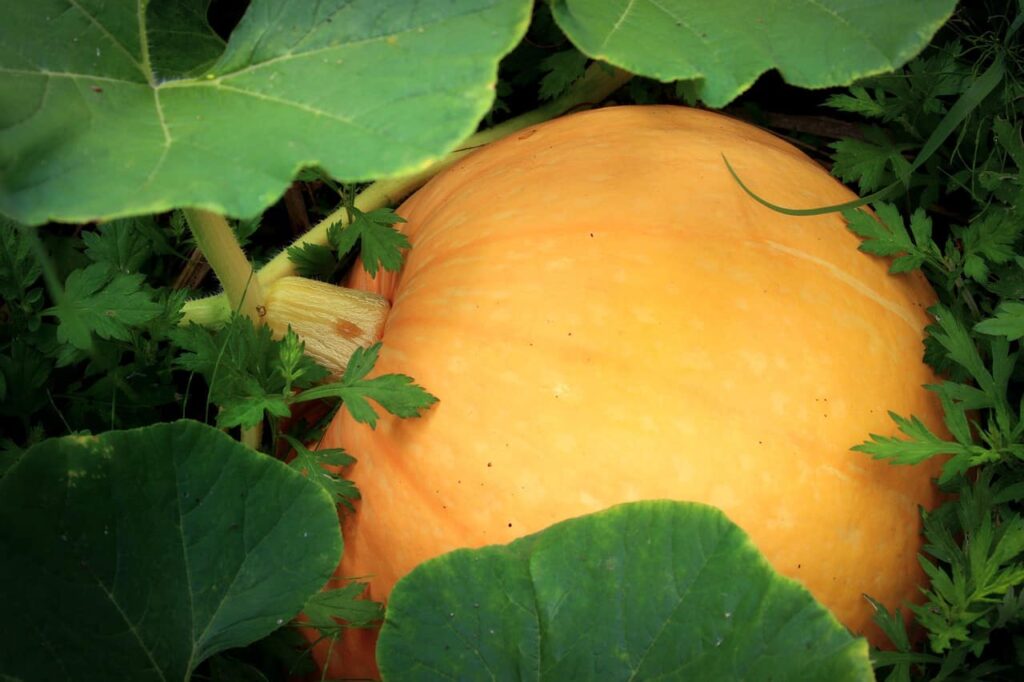
Read More:- How often do you water marigolds
Proper Techniques for Watering Pumpkins
Proper watering techniques ensure your pumpkin patch’s best growth and health.
- Drip irrigation system: This system provides consistent and efficient watering. This method allows water to drip directly onto the soil. It prevents wastage and ensures the roots receive adequate moisture. A hose with a drip or soaker system is recommended as it delivers water straight to the soil without getting on the leaves and stems. Pumpkins prefer well-drained soil. Before watering, it is advisable to check the condition of the soil by inserting a stick to see if the top 2 inches are dry or wet.
- Slow, deep soak: A watering can or jug will also work if you don’t have a drip irrigation system. The plant receives a thorough watering, allowing the water to penetrate the soil deeply. This method helps establish strong root systems and promotes healthy growth. Proper watering also helps to prevent pests. Plenty of water can lead to root rot and attract fungi and pests.
- Water at the base: When watering your pumpkins, avoid wetting the leaves . as this can lead to disease and fungal issues. Instant water at the base of the plants. In this way, water reaches the roots where it is most needed. Avoid watering them from above as it may not provide sufficient hydration to the plant.
- Water in the morning: Water pumpkins in the early morning. This allows the leaves to dry off during the day and reduces the risk of diseases caused by wet foliage.
- Mulch: Adding a layer of organic mulch is one way to maintain moisture in the soil. It also prevents weed growth around your pumpkin plants. This will cut water evaporation and keep the soil temperature consistent. Also, creating a favorable environment for your pumpkins to grow.
Watering schedule: Set up a regular schedule based on the factors mentioned earlier, such as weather conditions and soil type.
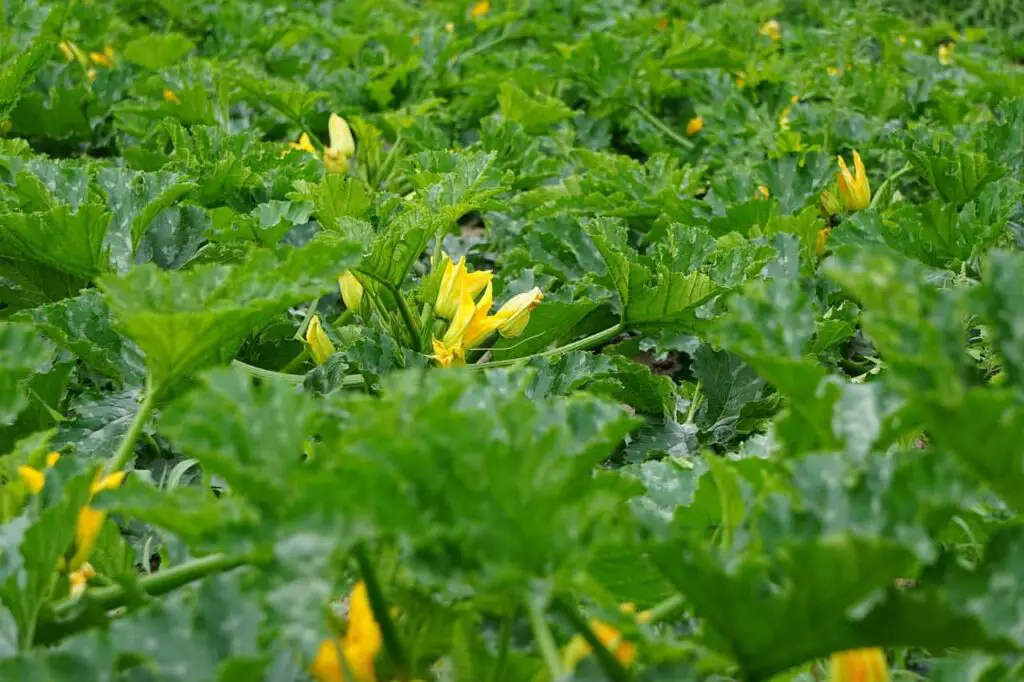
Watering needs in different stages
Watering During Fruiting
Providing water during the fruiting stage is important. It helps the optimal growth and development of plants. Watering 1-2 inches of water per week encourages deep root growth.
A lot of water can cause root rot and fungal diseases. Applying mulch helps keep soil moisture, reducing the need for frequent watering. Adequate moisture levels are essential for healthy pumpkin growth and a successful harvest.
Watering After Harvest
After harvest, the watering needs of pumpkins change. At this point, decrease the water frequency. Since the fruits have already been harvested. The plant will focus on preparing for dormancy. Keep track of the moisture levels in the soil and only irrigate when required. Generally, a light watering once every two weeks should be enough.
Watering During Storage
During the storage period. Make sure pumpkins remain in a cool and dry environment. Excessive moist soil can cause mold and decay. So avoiding watering the pumpkins during this stage is crucial. Instead, focus on maintaining proper humidity levels and inspecting for any signs of rot or damage.
Watering During Transportation
During transportation, it is not necessary to water the pumpkins. It is best to keep them dry to prevent potential damage or decay during transit. Make sure the pumpkins are packed and protected from moisture. Check for any signs of rot or damage before and during transportation. This will ensure that the pumpkins remain in optimal condition for delivery.
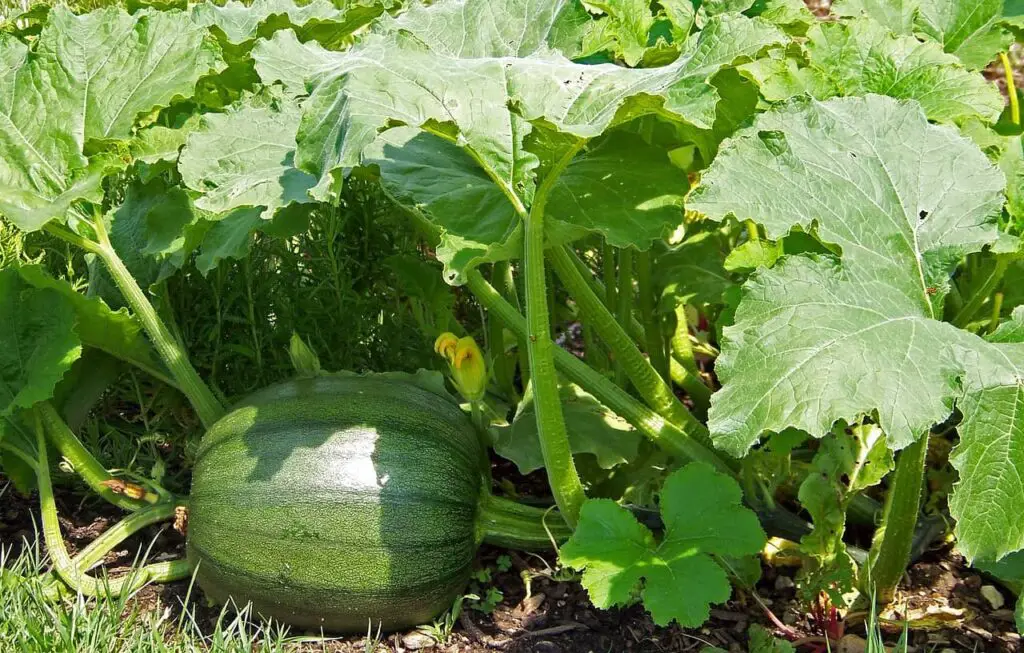
Read More:- Rooting Crepe Myrtle In Water: A Simple Guide For Successful Propagation
Signs That Your Pumpkins Need Water
- Wilting Leaves: If the leaves of your pumpkin plants start to wilt. This indicates that they are not receiving an adequate amount of water. One of the early symptoms of dehydration.
- Dry Soil: Check the soil around your pumpkins regularly. If the surface feels dry when touched, it suggests it is time to water them.
- Cracking Fruits: Dry conditions can cause pumpkin fruits to crack or split open. If the surface of your pumpkins begins to crack, it is a sign that they are not receiving enough water. Cracking can also occur when there is a sudden influx of water after a period of dryness. So it’s important to maintain consistent moisture levels.
Risks of Over-Watering and Under-Watering
Finding the right balance is key. Too much water can force the soil to become waterlogged. It leads to the roots’ suffocation and harmful fungi growth. This can result in root rot and damage or kill the pumpkin plants. Additionally, excess moisture can cause mold and decay on the pumpkins themselves.
So, thirsty plants can leave pumpkins dehydrated and stunted in their growth. It can lead to wilting leaves, dry and cracked fruits, and poor quality. Without adequate water, pumpkins may fail to reach their optimal size and weight.
Read More:- Why Is My Monstera Dripping Water is it Sweating or Crying?
How does climate affect the watering schedule for pumpkins?
The climate influences the watering schedule for pumpkins. A dry climate needs regular watering. Again in rainy times, it does not need water at all. The frequency of watering your pumpkins is directly affected by the climate.
Conclusion
Maintaining the proper watering balance is crucial. Pumpkins have a reputation for being heavy feeders. That being the case, they need a consistent supply of moisture. Considering this information, you can establish the appropriate water pumpkin frequency.



